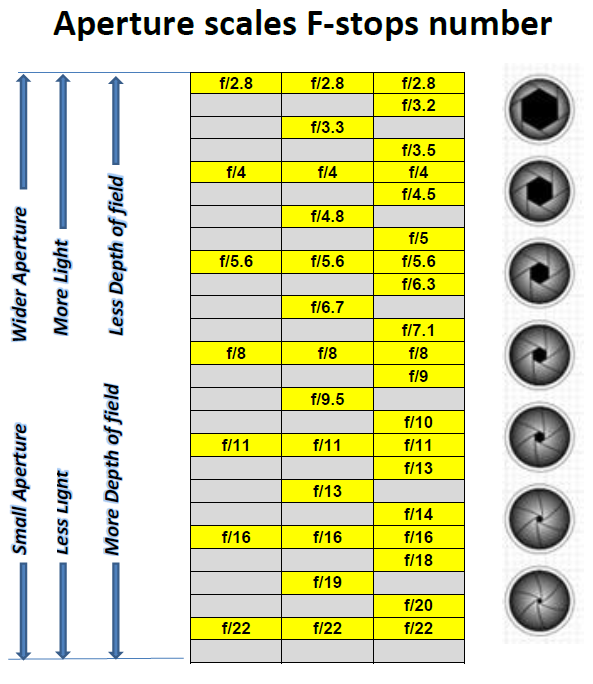

Incidentally, to help you with this, every lens has a manual with a DOF chart for each f/stop and the major focusing distances. The 300mm lens has a remarkably shallow depth of field. A shorter focal length lens (say 27mm) focused at 5 meters, set at f/4 has a deeper DOF (perhaps from 3 meters in front and 20 meters behind) than a longer focal length (say 300mm), also set at f/4 focused at 5 meters. The physical properties of a lens at a given focal length also affect the depth of field. Why does changing the focal length negate the effects on DOF? This is because the visual properties of a given lens either provide either greater DOF (shorter lenses) or shallower DOF (longer lenses). To maintain the compositional integrity of the shot, but still have the change in DOF from a distance, you can change the focal length (either by changing lenses or zooming in). Changing the distance to subject is the least practical way to manipulate the depth of field, and by changing the distance from a subject to the lens, you immediately change your image’s composition. Conversely, the reverse is true – the farther away an object is and focused on, the deeper the DOF. The last element affecting depth of field is the distance of the subject from the lens – you can adjust the DOF by changing that distance.įor example, the closer an object is to the lens (and the focus is set on that object) the shallower the DOF. It’s important to understand this concept and how it affects exposure because it works in tandem with the shutter speed (we’ll discuss this in another section) to establish a given exposure value.īasically, when you change the aperture size one stop, you have to shift the shutter speed one stop in the opposite direction to maintain a consistent exposure… and this change in aperture alters the depth of field (DOF) accordingly.


Such that an f/4 on a 50mm has smaller opening than an f/4 on a 200mm, but an equivalent amount of light travels through both lenses to reach the image sensor thus providing the same exposure.Įach movement up the range (say f/2 to f.2.8) reduces the amount of light by one-half, and each movement down the range (say f/11 to f/8) doubles the amount of light passing through the lens. The aperture range identifies the widest to smallest range of lens openings, i.e., f/1.4 (on a super-fast lens) to f/32, with incremental “stops” in between (f/2, f/2.8, f/4, f/5.6, f/8, f/11, f/16, and f/22).Įach f-number is represents one “stop” of light, a stop is a mathematical equation (which is the focal length of the lens divided by the diameter of the aperture opening) that determines how much light that enters the lens regardless of the length of the lens.


 0 kommentar(er)
0 kommentar(er)
